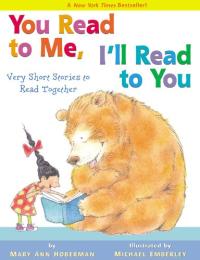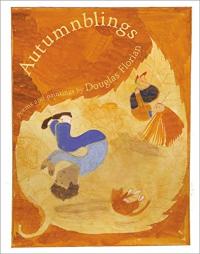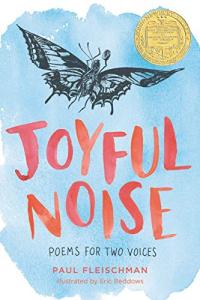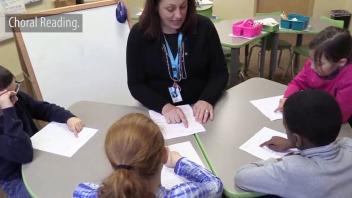Key Information
Focus
When To Use This Strategy
Appropriate Group Size
What is choral reading?
Choral reading is reading aloud in unison with a whole class or group of students. Choral reading helps build students’ fluency, self-confidence, and motivation. Because students are reading aloud together, students who may ordinarily feel self-conscious or nervous about reading aloud have built-in support.
Why use choral reading?
- It can provide less skilled readers the opportunity to practice and receive support before being required to read on their own.
- Choral reading allows all students to participate, fostering a sense of confidence and community in the classroom.
- It provides a model for fluent reading as students listen.
- It helps improve the ability to read sight words.
How to use choral reading
- Choose a book or passage that works well for reading aloud as a group:
- Patterned or predictable (for beginning readers)
- Not too long
- At the independent reading level of most students
- Provide each student a copy of the text so they may follow along. (Note: You may wish to use an overhead projector or place students at a computer monitor with the text on the screen)
- Read the passage or story aloud and model fluent reading for the students.
- Ask the students to use a marker or finger to follow along with the text as they read.
- Reread the passage and have all students in the group read the story or passage aloud in unison.
Watch a lesson (whole class, grade 1)
Go inside Carmen Tisdale’s first grade classroom in Columbia, South Carolina to observe how Carmen models fluent expressive reading using text cues as her students follow the text silently. Then, the kids read aloud together. Joanne Meier, our research director, introduces the strategy and reminds teachers to be sure to carefully match the text to your students’ reading level and to check in to be sure the kids are understanding what they are reading aloud.
Watch a lesson (small group, grade 3)
A small group of third graders engages in a choral reading activity. The four students in this classroom are reading the text, A Dream Schedule. (Institute of Education Sciences, REL Southeast)
Collect resources
- This planning checklist for a choral reading lesson uses the poem “One Sister for Sale” by Shel Silverstein. See example ›
- This document includes dozens of poems for shared, choral, paired, and echo reading. See example ›
- The website below offers teachers several poetry options conducive to the Choral Reading strategy along with some interesting tips on reading and language development. See example ›
- The example of choral reading found on this site uses the children’s book James and the Giant Peach. See example ›
Differentiate instruction
For second language learners, students of varying reading skill, and younger learners
- Teachers may wish to pair students of varying abilities together and assign each student a different section of the passage to read.
Use across the content areas
Science
This lesson plan includes examples of choral reading activities that correspond to introductory science concepts. See example ›
Social Studies
This website includes a script for the choral reading of the children’s book Bringing the Rain to Kapiti Plain. See example ›
See the research that supports this strategy
Hasbrouck, J. (2006). For Students Who Are Not Yet Fluent, Silent Reading Is Not the Best Use of Classroom Time. American Educator, Summer 2006, 30(2).
Texas Reading Initiative. (2007). Fluency: Instructional Guidelines and Student Activities.
Children’s books to use with this strategy

You Read to Me, I’ll Read to You: Very Short Stories to Read Together

Mr. Popper’s Penguins

Autumnblings

Brown Bear, Brown Bear, What Do You See?

